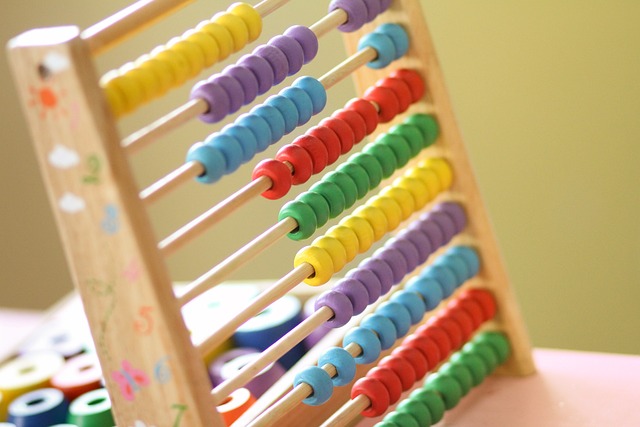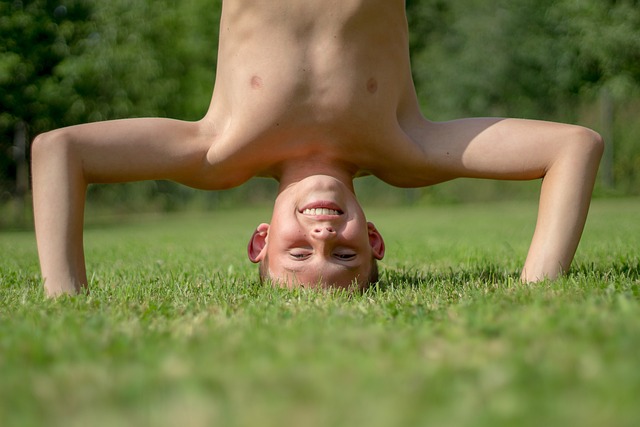What is Neuroplasticity? Your Child's Ever-Changing Brain

Neuroplasticity is the scientific term for the brain's incredible ability to change and adapt throughout life. Think of it like a dynamic network: experiences strengthen certain connections, while unused ones weaken. New pathways are constantly being built. This process allows us to learn new skills (like reading or riding a bike), recover from injuries, and adapt to changing environments. It's the physical basis of learning and memory.
In children, this process is supercharged! Their brains are primed for growth, making childhood a crucial window for development. Understanding neuroplasticity empowers you to create experiences that literally shape your child's brain for better learning, problem-solving, and emotional resilience.
Fueling Growth: Creating a Brain-Building Environment
A rich and varied environment acts like fertilizer for a growing brain. It's not about expensive toys or constant lessons, but about offering diverse experiences that spark curiosity and engagement.
- **Champion Curiosity:** Encourage questions and exploration. Let them safely investigate objects, textures, and spaces.
- **Unlock Learning Through Play:** Play *is* how children learn best. Blocks build spatial skills, imaginative play fosters creativity, and puzzles hone problem-solving.
- **Read Together Daily:** Sharing stories expands vocabulary, introduces complex ideas, and strengthens bonds.
- **Seek Novelty:** New experiences carve new neural pathways. Visit parks, museums, libraries, or even just a different route home.
Practice Makes Permanent: Strengthening Neural Pathways
Repetition is key to reinforcing neural connections. Each time your child practices a skill – whether it's tying shoelaces, playing a musical note, or practicing math facts – the corresponding brain pathway becomes stronger and more efficient, like paving a frequently used trail.
Think about learning an instrument. The first attempts are clumsy, but consistent practice makes finger movements smoother and quicker as the brain optimizes those connections. Small, regular efforts compound over time.
Brain Food: The Crucial Role of Sleep and Nutrition
Optimal brain function and plasticity depend heavily on quality sleep and good nutrition. Sleep is when the brain consolidates memories, clears out waste products, and strengthens learning. A balanced diet provides the essential building blocks for brain cells and neurotransmitters.
- **Prioritize Sleep:** Ensure age-appropriate sleep durations. A consistent, calming bedtime routine signals the brain it's time to wind down.
- **Offer Nutrient-Dense Foods:** Focus on whole foods: fruits, vegetables, lean proteins, whole grains, and healthy fats (like those in avocados, nuts, and fish).
- **Hydration is Key:** Dehydration can impair focus and cognitive function. Ensure easy access to water throughout the day.
Cultivating a Growth Mindset: Embracing Effort and Mistakes

A 'growth mindset' – the belief that abilities can be developed through dedication and hard work – is fundamental to leveraging neuroplasticity. Help your child see challenges not as roadblocks, but as opportunities to strengthen their brain. Frame mistakes as valuable learning experiences.
Focus praise on effort, strategies, and persistence rather than innate talent. Instead of "You're so clever!", try "I saw how hard you worked to figure that out!" or "That was a creative way to approach the problem!". This reinforces the connection between effort and positive outcomes.
Calm Brain, Learning Brain: Managing Stress

Chronic stress can hinder neuroplasticity by releasing hormones like cortisol, which can impair learning and memory. Teaching children simple stress-management techniques promotes emotional regulation and creates a better internal environment for brain growth.
- **Introduce Mindfulness:** Simple practices like noticing breath, sounds, or sensations can anchor children in the present moment. Age-appropriate apps and books can help.
- **Encourage Movement:** Physical activity is a fantastic natural stress reliever and mood booster.
- **Connect with Nature:** Spending time outdoors has proven benefits for reducing stress and improving focus.
By consciously incorporating these strategies, you actively support your child's brain development, helping them build a resilient, adaptable, and capable mind ready to thrive.
